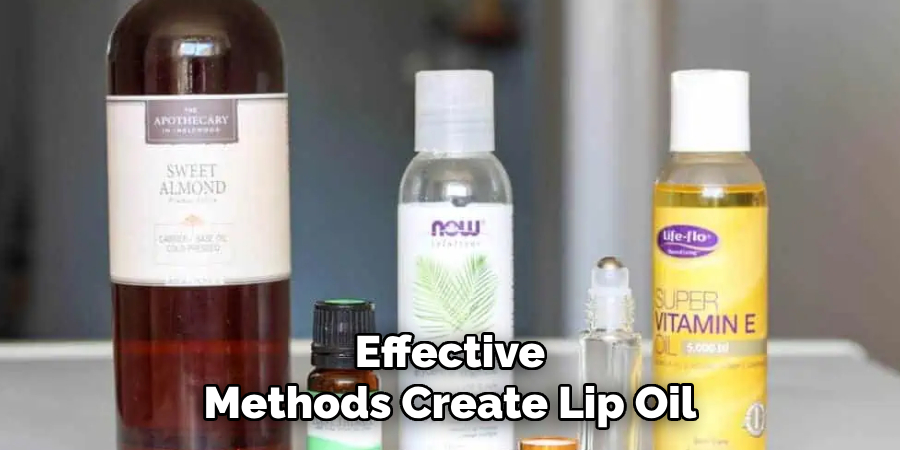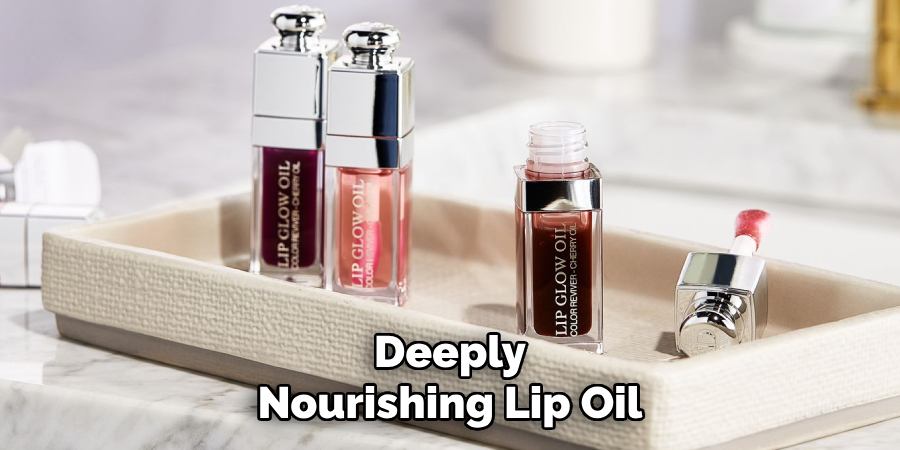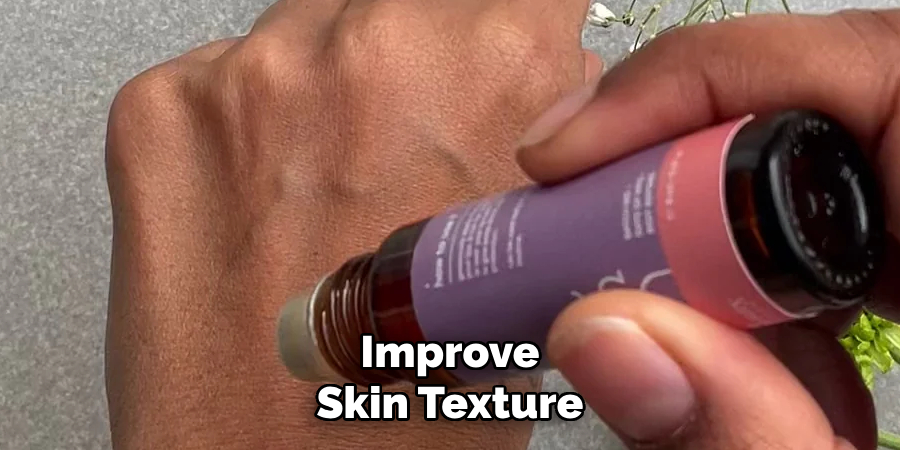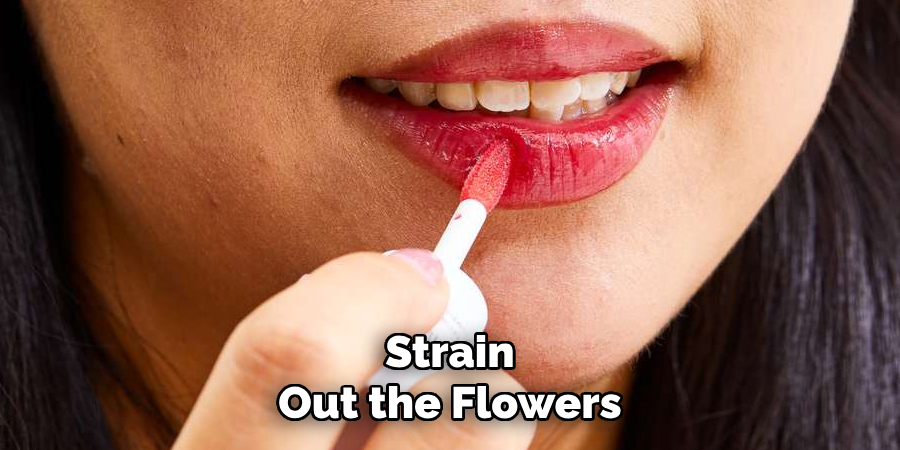Lip oil is a fantastic way to nourish and hydrate your lips while adding a subtle shine. Unlike traditional lip balms or glosses, lip oils are lightweight and often infused with natural ingredients that provide long-lasting moisture. Making your own diy lip oil recipe at home is not only simple but also allows you to customize it with your favorite scents and oils to suit your needs.
This guide explores the key aspects of how to make lip oil. Whether you’re looking for a natural alternative or just a fun DIY project, creating lip oil is both easy and rewarding.

Benefits of Using Lip Oil
Lip oil offers several benefits that make it a must-have addition to your beauty routine. First and foremost, it provides intense hydration, ensuring your lips remain soft and smooth throughout the day. Unlike traditional lip balms, lip oils penetrate deeper into the skin, delivering long-lasting moisture that helps soothe dry or cracked lips.
Many lip oils are enriched with nourishing ingredients such as vitamins, antioxidants, and essential oils, which promote lip health and protect against environmental damage. Additionally, lip oils add a natural, glossy finish without feeling heavy or sticky, making them perfect for everyday wear.
Their versatility allows you to use them as a stand-alone product or layer them over lipstick for an added shine.
Ingredients Needed to Make Lip Oil
To create your own lip oil at home, you’ll need a few simple, natural ingredients that are both effective and customizable. Here’s a list of essential ingredients to get you started:
- Carrier Oils: These form the base of your lip oil. Popular options include jojoba oil, sweet almond oil, argan oil, or coconut oil, all of which provide hydration and nourishment.
- Essential Oils (optional): Add a few drops of essential oils like lavender, peppermint, or rose for fragrance and additional benefits. Ensure the essential oil is safe for use on skin.
- Vitamin E Oil: This acts as a natural preservative and provides additional moisture and antioxidant protection for your lips.
- Tint (optional): If you’d like a slight hint of color, you can add a natural pigment like beetroot powder or a cosmetic-grade mica powder.
- Empty Lip Oil Bottle or Roller Tube: To store your lip oil for easy application.
By gathering these simple ingredients, you’ll be ready to mix and match according to your preferences and create a lip oil that’s truly unique to you!

10 Methods How to Make Lip Oil
1. Basic Lip Oil with Sweet Almond Oil
One of the simplest and most effective methods to create lip oil is by using a single ingredient: sweet almond oil. This oil is rich in vitamin E, which helps to hydrate and repair dry lips. To create a basic lip oil, simply pour a small amount of sweet almond oil into a glass dropper bottle or a small container with a tight lid.
You can adjust the quantity depending on how much lip oil you want to make. This method requires no additional ingredients, making it ideal for those who want a pure, natural formula. Sweet almond oil is lightweight, absorbs quickly into the skin, and provides long-lasting moisture without feeling greasy.
2. Rosehip Oil Lip Oil
Rosehip oil is another fantastic ingredient to use for homemade lip oils. Known for its rejuvenating and healing properties, rosehip oil is packed with essential fatty acids and antioxidants, which can help restore and maintain healthy skin. To make a simple rosehip lip oil, combine equal parts rosehip oil and jojoba oil in a small glass bottle.
Jojoba oil is a great carrier oil because it closely mimics the skin’s natural oils, making it an excellent base for any lip oil blend. Rosehip oil adds an extra level of nourishment and can help reduce signs of aging or discoloration around the lips.
3. Coconut Oil and Vitamin E Lip Oil
Coconut oil is a versatile and nourishing oil that works wonders for lip care. Known for its deeply moisturizing properties, coconut oil can help protect the lips from drying out while providing a smooth, shiny finish. For a simple coconut oil lip oil, combine 2 tablespoons of coconut oil with a few drops of vitamin E oil in a small glass container.
Vitamin E is an excellent antioxidant that promotes healing and helps protect the skin from environmental damage. This lip oil blend is especially great for very dry lips, providing intense moisture and helping to restore softness.
4. Essential Oil-Infused Lip Oil
For those who love aromatic products, adding essential oils to your lip oil blend is a great way to personalize the scent and enhance its benefits. To make an essential oil-infused lip oil, start by combining a carrier oil such as sweet almond oil or jojoba oil with a few drops of your favorite essential oils.
Lavender essential oil is great for its calming properties, while peppermint essential oil provides a refreshing, cooling effect that can also stimulate circulation. To create this blend, use approximately 1 tablespoon of carrier oil and add 2–3 drops of essential oil. Stir the mixture well and transfer it into a small bottle.
5. Honey and Olive Oil Lip Oil
Honey has been used for centuries in skincare for its natural antibacterial and moisturizing properties. When combined with the nourishing benefits of olive oil, it creates a lip oil blend that can both hydrate and heal dry, cracked lips. To create this lip oil, mix 1 tablespoon of honey with 1 tablespoon of olive oil in a small bowl.
Stir until the honey is fully dissolved into the oil. Olive oil is rich in vitamins A and E, which help to keep the lips soft and moisturized. Honey provides a protective barrier on the lips, locking in moisture and promoting healing.

6. Avocado Oil and Shea Butter Lip Oil
Avocado oil is packed with fatty acids, vitamins A, D, and E, making it a superb ingredient for moisturizing and healing the lips. Shea butter, on the other hand, is known for its rich emollient properties that help soften and protect dry skin.
To make a deeply nourishing lip oil, combine 1 tablespoon of avocado oil with 1 teaspoon of melted shea butter in a small container. This combination creates a rich, creamy oil that is perfect for treating very dry or cracked lips. Avocado oil penetrates deeply into the skin, while shea butter forms a protective layer to lock in moisture.
7. Carrot Seed Oil and Pomegranate Oil Lip Oil
Carrot seed oil is a powerful antioxidant that helps to rejuvenate and repair damaged skin, while pomegranate oil is rich in vitamins and omega fatty acids, which can help boost the health of your lips. To make a rejuvenating lip oil, combine 1 tablespoon of pomegranate oil with 3-4 drops of carrot seed oil in a small glass dropper bottle.
This blend is ideal for those who want to promote skin renewal and protect their lips from signs of aging. Carrot seed oil’s ability to improve skin texture and tone makes it perfect for those with uneven skin tone or pigmentation around the lips.

8. Green Tea Infused Lip Oil
Green tea is known for its antioxidant properties and its ability to fight inflammation and skin irritation. By infusing green tea into a lip oil blend, you can create a soothing and protective formula for your lips.
To create this lip oil, brew a strong cup of green tea and allow it to cool completely. Then, combine a small amount of the cooled tea with your chosen carrier oil (such as sweet almond oil or jojoba oil). Add a few drops of vitamin E oil for added skin benefits.
9. Citrus-Infused Lip Oil
Citrus oils like orange, lemon, or grapefruit can provide a refreshing and invigorating scent to your lip oil, while also offering a boost of vitamin C to help rejuvenate the skin. To create a citrus-infused lip oil, add 1-2 drops of your preferred citrus essential oil to a tablespoon of a carrier oil like jojoba or sweet almond oil.
The vitamin C in the citrus oils can help brighten the skin around the lips and reduce pigmentation, while the carrier oils provide deep moisture.
10. Chamomile and Calendula Lip Oil
Chamomile and calendula are both known for their calming, anti-inflammatory properties, making them perfect for sensitive or inflamed lips. To create this soothing lip oil, infuse dried chamomile and calendula flowers in a carrier oil like olive oil or sweet almond oil for a week or two. After the infusion period, strain out the flowers and transfer the oil into a small bottle. Chamomile and calendula oils are ideal for treating lips that are irritated, chapped, or sunburned. They provide a calming effect, reduce redness, and promote healing.

Conclusion
Making lip oil at home is an easy, customizable process that allows you to create a product tailored to your needs. Whether you prefer a simple, single-ingredient formula or a more complex blend with essential oils and botanical extracts, there’s a lip oil recipe for every preference. Thanks for reading, and we hope this has given you some inspiration on how to make lip oil!
About the Author
Jane Hubbard is a passionate beauty expert with a wealth of experience in makeup, hair, and overall beauty techniques. After years of working as a hairdresser specialist, she followed her entrepreneurial spirit and started her own consultancy business.
Jane has always been driven by her desire to help others feel confident in their own skin, and she does this by sharing her knowledge, experiences, and practical beauty tips. Through her consultancy, she empowers individuals to embrace their unique beauty, offering tailored guidance that boosts both self-esteem and personal style.
Professional Focus
- Specializes in makeup, hairstyling, and beauty consulting.
- Provides personalized beauty advice, tips, and techniques to help individuals feel confident in their appearance.
- Dedicated to staying up-to-date with the latest industry trends and developments.
- Passionate about creating a comfortable and empowering experience for every client.
Education History
- University of Craft and Design – Bachelor of Fine Arts (BFA) in Woodworking and Furniture Design
- Woodworking Apprenticeships – Extensive hands-on training with skilled craftsmen to refine carpentry and furniture making techniques
- Online Courses & Masterclasses – Continued education in advanced woodworking techniques, design principles, and specialized tools
Expertise:
- Makeup artistry, hairstyling, and beauty consulting.
- Personalized beauty techniques to enhance confidence and self-expression.
- Educating clients on how to maintain their beauty routines at home.
